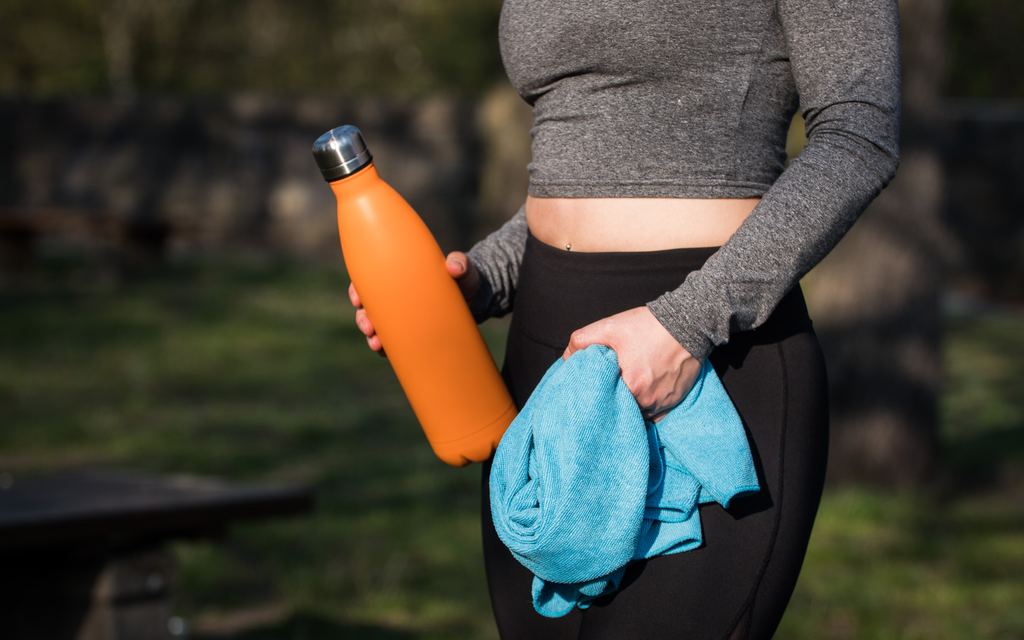Learning how to get a ripped back is one of the smartest advances you can make in your body-shaping journey. In addition to its aesthetic appeal, a ripped back is indicative of great strength and can let you feel more self-confident. It’ll even translate into many different sports fields, where you’ll be able to dominate the competition much more easily.
How to get a Ripped Back
While targeting your back muscles through focused exercises and particular workout routines is important, you also need to eat healthily and reduce the presence of body fat if you currently have an excess on your back. Body fat will hide in the shape of your muscles and prevent you from becoming ripped, no matter how strong you are.

Pull-ups
To get a bigger back, pull-ups need to make an appearance in your workout routine. Overall, pull-ups help sculpt that tapered V look in your back, and they also aid in the development of your back muscles. This exercise takes up minimal space to do, and it can also be performed at home with a pull-up bar.
Standard pull-ups focus on working your shoulders, delts, and traps. If you want to add variety into this and target different back muscles, try the following:
- Close grip pull-ups
- Wide grip pull-ups
- Chin-ups
Because you’re moving just your own weight with pull-ups (rather than additional weight from dumbbells), there is less stress on your joints when doing this compared to some of the other exercise moves shared in this article.
Deadlifts
To sculpt all of the muscles in your back, deadlifts are crucial to incorporate in your back days. Along with your back, deadlifts have the added benefit of also strengthening your core, forearms, thighs, hips, and buttocks.

Performing this Exercise
To properly execute this exercise, start with your feet hip-width apart. Keeping your back straight, bend at the knees and push your hips back. As you grip the bar slightly wider than the width of your shoulders, slightly outside your knees. Have one palm facing you and the other facing away to help with stability.
From here, begin to stand up and pull the bar up with you. As you do this, keep your back straight and drive through your hips. When you reach the top, pull your shoulders back. Slowly lower the bar and repeat the move.
Form is Crucial
As you do this move, it’s very important that you monitor your form. While deadlifts are extremely effective at helping achieve a ripped back, they also leave your back vulnerable to getting easily injured.
If you round your back and rely too heavily on pulling directly from your back to bring the bar up, you could damage your muscles. Be sure to take time to perfect your form on this move with a lighter weight first.
Bent-over Rows
With bent-over rows, you’ll primarily target your back muscles. Overall, this move will help to widen your back and improve your posture. It also stimulates specific muscles, such as your traps, lats, and rotator cuffs. When doing this move, you can use either a barbell or resistance bands.
Barbell Bent-over Rows
As you execute this move, flex your core and keep your lower back flat. Not only will this help to keep you safe, it will also effectively work out your back. When you lift up the barbell, bring it up toward your belly button.
In doing this, your elbows should be going backwards. Once you get used to the move, pick a weight that is challenging so you can feel your back muscles working.
Because you’ll be bending over at your back when doing this, it’s extremely important to use proper form. Done incorrectly (and with too much weight), bent-over rows can be very damaging to your back and spinal column.
Resistance Bands Bent-over Rows
As an alternative to a barbell, you can use resistance bands to perform bent-over rows. If you’re working out at home or in a smaller gym, resistance bands allow you to still work out your back effectively. With resistance bands, you’re also able to increase your overall range of motion. This allows you to target muscles that the barbell can’t easily get to.
Hold the band like you would a jump rope, and stand on the middle of the band that’s touching the floor. Bend over and hinge at the hips, just like you would when using the barbell. Again, ensure that you have a flat back and it’s not rounded at all. With an overhand grip, pull the band to your chest by squeezing your back.
The key with the resistance bands is to make sure you pick one that provides enough tension so you can feel your back muscles working.
Rowing or Seated Cable Rows
Using a rowing machine or doing seated cable rows may already be a staple in your routine if you were ever part of a crew team. This move sculpts your traps, lats, and delts, along with giving your legs a slight workout too.
To perform the move, sit on the sliding bench and strap your feet into the foot plates. While your knees are slightly bent, grab the bar with both hands. Keep your arms straight to engage the lats.
Then, lean back and pull your arms towards your chest. Slowly return to your starting position and repeat the motion. In general, the movement should feel as if you are rowing a boat.
If a rowing machine is not available, you can also perform a variation of this movement with a resistance band.
Get the Right Nutrition
To start, it’s important to know what you ideally should and should not consume when it comes to how to get a toned back. You’ll want to aim to remove bad fats from your diet, such as saturated fat and trans fat.
Saturated fat and trans fat tend to be consumed slower for energy and pile up and collect inside your body. This forms the body fat that prevents your back and other muscle groups from being as ripped and toned as possible.

So, what should you consume?
Unsaturated Fat
Unsaturated fat is the healthiest kind of fat and should represent 15%-20% of your daily caloric intake. This fat helps your cell groups reproduce effectively and safely and helps you build more muscle mass alongside protein macromolecules.
Lean Proteins
You’ll also want to start eating more lean meat and protein. This can include chicken, white fish, beans, greek yogurt, and eggs. After consumption, these foods are broken down usable protein macromolecules that can be immediately repurposed into repairing your existing muscles and building new muscle cells.
Make eating lean protein a daily part of your diet and your workouts will yield greater muscle growth. It will be easier for your body to consistently build new muscle mass by giving it the protein it requires to build that muscle.
Conclusion
Once again, getting a ripped back relies on both targeted exercise routines and good nutritional discipline. You’ll need to grow your muscle groups and reduce the presence of body fat at the same time to chisel out your back.




